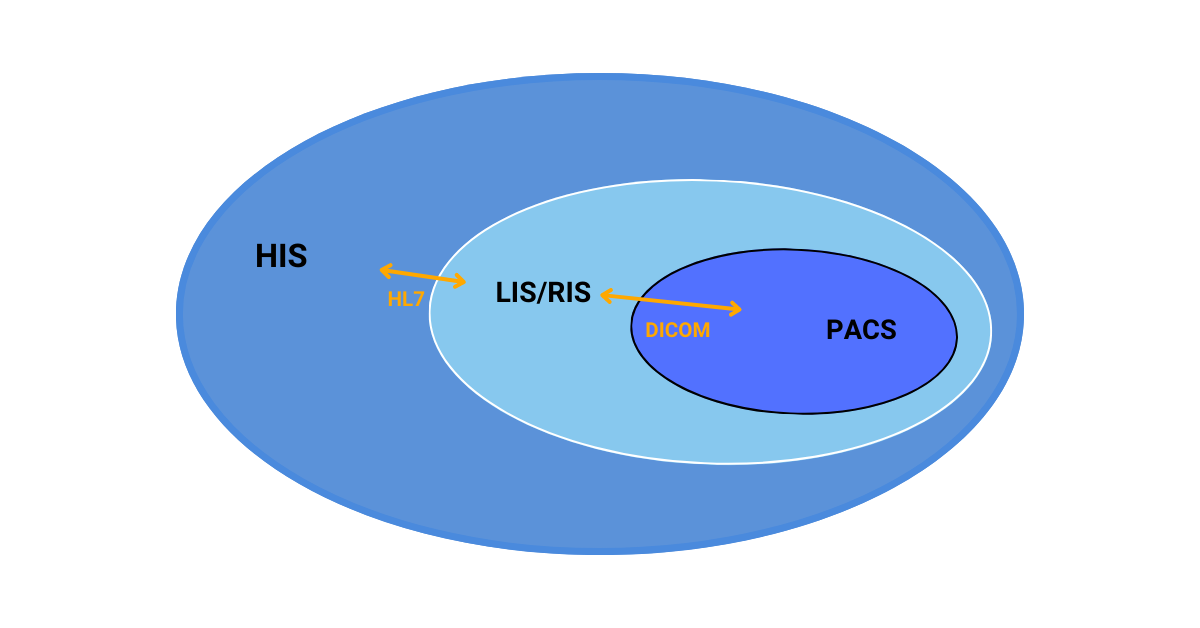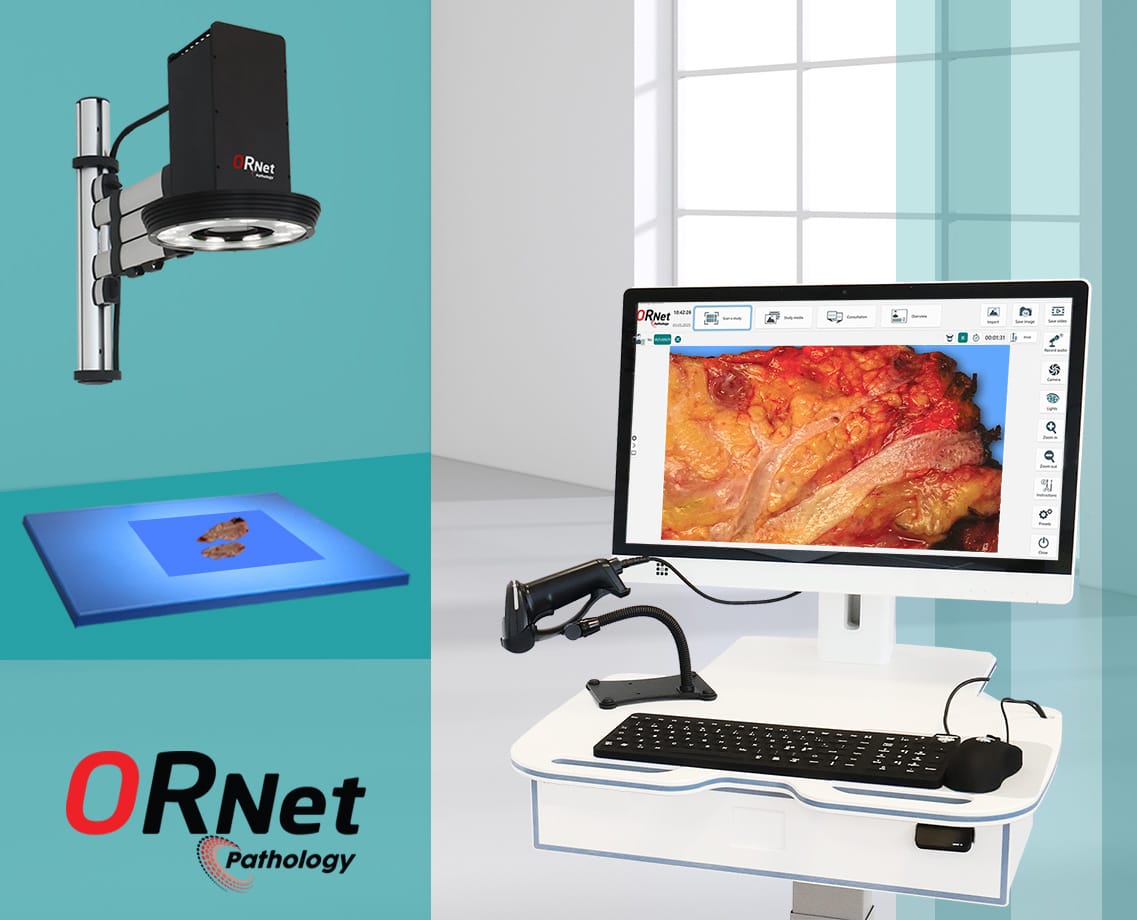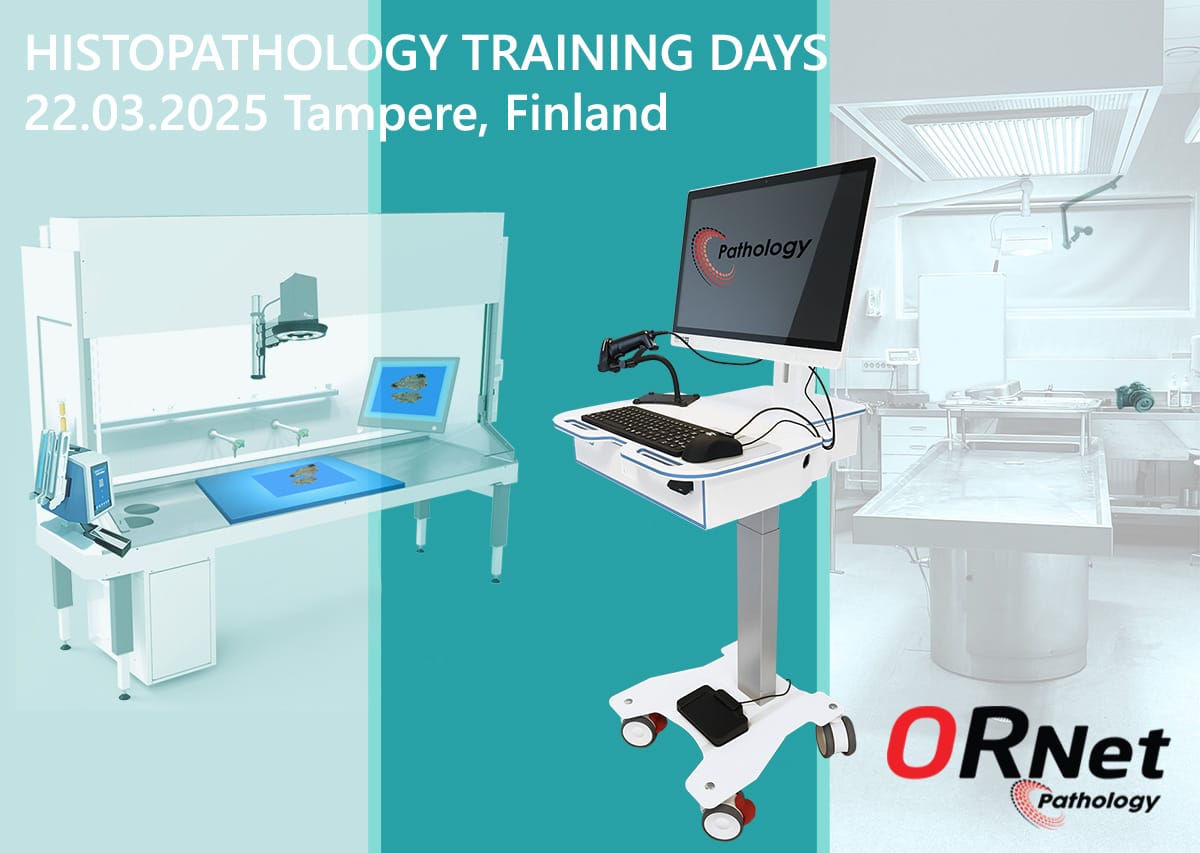In healthcare technology, the acronyms LIS, PACS, RIS, HIS, and CIS are frequently tossed around, often leaving professionals and patients confused. These systems, though distinct in their functionalities, collectively form the backbone of modern medical informatics.
They ensure seamless operations, efficient patient care, and robust data management in the healthcare environment. In this article, we will explore what sets LIS, RIS, PACS, and other platforms apart.
Understanding LIS, PACS, RIS, HIS, and CIS
LIS, RIS, CIS, PACS, and HIS are medical systems used in a variety of hospital and clinical environments. These systems allow healthcare staff to manage all kinds of data from patient infromation to medical images and reports.

- HIS stands for Hospital Information System. It is a comprehensive software system that manages all aspects of patient care, such as scheduling appointments, tracking medications, and billing insurance.
- LIS stands for Laboratory Information System. It is a software system that manages laboratory data, such as test results, patient demographics, and billing information.
- PACS stands for Picture Archiving and Communication System. It is a system that stores and manages medical images, such as X-rays, CT scans, and MRIs.
- RIS stands for Radiology Information System. It is a software system that manages radiology workflow, such as scheduling exams, tracking orders, and storing reports.
- CIS stands for Clinical Information System. It is a subset of HIS that focuses on managing clinical data, such as patient diagnoses, medications, and allergies.
Here is a table that summarizes the key differences between these systems:
| System | Purpose | Data Stored |
|---|---|---|
| LIS | Manage laboratory data | Test results, patient demographics, billing information |
| PACS | Store and manage medical images | X-rays, CT scans, MRIs, etc. |
| RIS | Manage radiology workflow | Scheduling exams, tracking orders, storing reports |
| HIS | Manage all aspects of patient care | Appointments, medications, billing, etc. |
| CIS | Manage clinical data | Diagnoses, medications, allergies, etc. |
The Interconnectedness of Modern Healthcare Systems
While each of these systems—LIS, PACS, RIS, HIS, and CIS—has its own distinct role, it’s crucial to recognize their interconnectedness in the broader healthcare landscape. Together, they streamline operations, enhance patient care, and ensure that medical professionals have access to the data they need when they need it.
As healthcare continues to evolve with technological advancements, the integration of these systems becomes even more vital. They not only improve efficiency but also contribute to better patient outcomes by ensuring timely access to accurate information. For instance, the seamless integration of PACS and RIS can expedite the diagnostic process, allowing for quicker treatment decisions.
Furthermore, as patient-centric care becomes the norm, these systems play a pivotal role in ensuring that patients are informed, involved, and at the center of their care journey. By understanding the nuances and functionalities of each system, healthcare professionals can better leverage them to deliver optimal care.
In the future, we can anticipate even tighter integration between these systems, powered by advancements in AI and machine learning. This will further enhance data accuracy, predictive analytics, and personalized patient care.
In conclusion, while the acronyms might seem overwhelming at first, understanding the distinctions and synergies between LIS, PACS, RIS, HIS, and CIS is fundamental for any healthcare professional. Embracing and optimizing these systems is a step forward in the ongoing journey to elevate healthcare standards globally.



